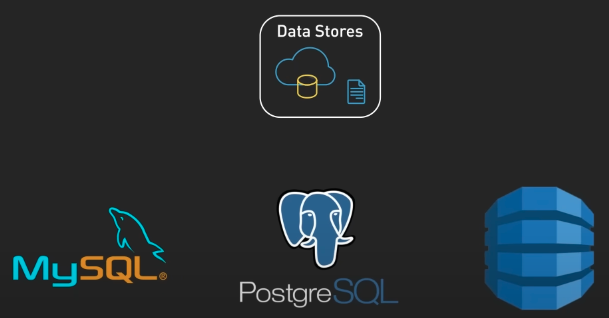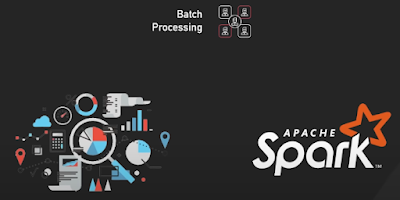Blog's knowledge and diagrams' source: ByteByteGo
Today, we're delving into the world of data pipelines. So, what exactly is a data pipeline in today's data-driven world?
Introduction
Companies collect massive amounts of data from various sources. This data is critical for making informed business decisions and driving innovation.
However, raw data is often messy, unstructured, and stored in different formats across multiple systems. Data pipelines automate the process of collecting, transforming, and delivering data to make it usable and valuable.
Data pipelines come in many different forms. The term is broad and covers any process of moving a large amount of data from one place to another.
Presented here is a general version of it, but this is by no means the only way to implement an effective data pipeline. Broadly speaking, a data pipeline has these stages: collect, ingest, store, compute, and consume. The order of these stages can vary based on the type of data, but they generally have them. 📊
Data Collection
Let's start at the top with data collection. Imagine we're working for an e-commerce company like Amazon. We get data flowing in from multiple sources - data stores, data streams, and applications.
Data stores are databases like MySQL, Postgres, or DynamoDB where transaction records are stored.
For instance, every user registration, order, and payment transaction goes to these databases.
Data streams capture live data feeds in real-time. Think of tracking user clicks and searches as they happen, using tools like Apache Kafka or Amazon Kinesis, or data coming in from IoT devices. 📈
Data Ingestion
With all these diverse data sources, the next stage is the ingest phase, where data gets loaded into the data pipeline environment. Depending on the type of data, it could be loaded directly into the processing pipeline or into any intermediate event queue.
Tools like Apache Kafka or Amazon Kinesis are commonly used for real-time data streaming.
Data from databases is often ingested through batch processing or change data capture tools. 🔄
Data Processing
After ingesting, the data may be processed immediately or stored first, depending on the specific use cases. Here, it makes sense to explain two broad categories of processing: batch processing and stream processing.
Batch processing
Batch processing involves processing large volumes of data at scheduled intervals. Apache Spark, with its distributed computing capabilities, is key here.
Other popular batch-processing tools include Apache Hadoop MapReduce and Apache Hive. For instance, Spark jobs can be configured to run nightly to aggregate daily sales data. 🚀
Stream processing
Stream processing handles real-time data. Tools like Apache Flink, Google Cloud Dataflow, Apache Storm, or Apache Samza process data as it arrives.
For example, Flink can detect fraudulent transactions in real time by analyzing transaction streams and applying complex event processing rules.
Stream processing typically processes data directly from the data sources - the data stores, data streams, and applications - rather than tapping into the data lake. 🌊
ETL or ELT
ETL or ELT processes are also critical to the compute phase. ETL tools like Apache Airflow and AWS Glue orchestrate data loading, ensuring transformations like data cleaning, normalization, and enrichment are applied before data is loaded into the storage layer. This is the stage where messy, unstructured, and inconsistently formatted data is transformed into a clean, structured format suitable for analysis. 🛠️
Data Storage
After processing, data flows into the storage phase. Here we have several options: a data lake, a data warehouse, and a data lakehouse.
Data Lake
Data lakes store raw and processed data using tools like Amazon S3 or HDFS.
Data is often stored in formats like Parquet or Avro, which are efficient for large-scale storage and querying.
Data Warehouse
Structured data is stored in data warehouses like Snowflake, Amazon Redshift, or Google BigQuery. 🗄️
Data Consumption
Finally, all this processed data is ready for consumption. Various end users leverage this data.
Data Science
Data science teams use it for predictive modelling. Tools like Jupyter notebooks with libraries like TensorFlow or PyTorch are common. Data scientists might build models to predict customer churn based on historical interaction data stored in the data warehouse.
Business Intelligence
These tools connect directly to data warehouses or data lakehouses, enabling business leaders to visualize KPIs and trends.
Self-service analytics
Self-service analytics tools like Looker empower teams to run queries without deep technical knowledge.
Looker ML (Looker Modeling Language) abstracts the complexity of SQL, allowing marketing teams to analyze campaign performance. 📊
Machine learning models use this data for continuous learning and improvement. For instance, bank fraud detection models are continuously trained with new transaction data to adapt to evolving fraud patterns. 🔄
#DataPipelines #DataEngineering #BigData #DataScience #SolutionArchitect #DevOps #ML #AI #MachineLearning





























